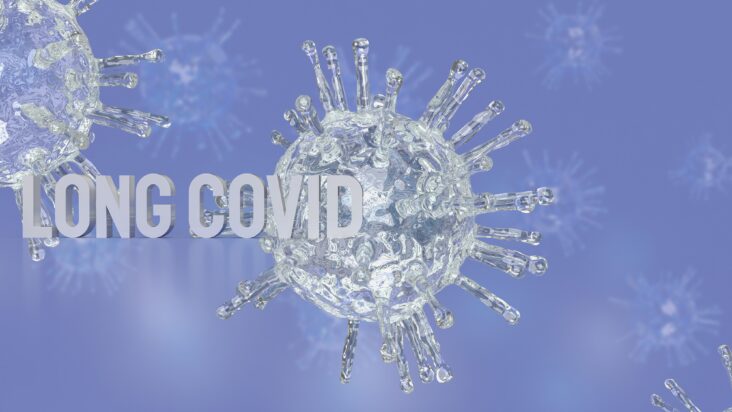Click Here to Download this Blog Post – Long COVID 2025 Part 2
By Dr. Nicholas L. DePace, M..D., F.A.C.C – Cardiologist specializing in autonomic dysfunction, Ehlers-Danlos syndrome and POTS.
This is Part 2 of a 5 Part Series about Redefinition of Long COVID
In the New England Journal of Medicine, a pivotal article titled Long Covid Defined, authored by Ely, Brown, and Fineberg et al., was published on July 31, 2024. It describes how the COVID-19 pandemic, while recognized for its deadly acute phase that claimed over one million lives in the U.S. and seven million globally, also gave rise to a lingering public health emergency—Long COVID. The authors emphasized that millions of survivors now suffer from chronic, often disabling symptoms.
Estimating the Scale of Long COVID
Various estimations suggest that Long COVID may affect up to 10% of adults who contracted the virus and 2% who were vaccinated. According to the New England Journal article, survey data shows that around 7% of adults and over 1% of children report symptoms consistent with Long COVID. This equates to approximately 50–60 million people globally who may be suffering from the syndrome.
Defining Long COVID: A Committee-Based Approach
The article introduced a formal definition of Long COVID, developed by a specialized committee. They noted hallmark symptoms such as cognitive impairment, neuromuscular issues, depression, and severe fatigue. Due to the lack of standardized diagnostic criteria, the committee employed a multi-phase process involving systemic engagement, focus groups, and questionnaires to gather comprehensive insights.
Clinical Definition and Symptomatology
According to the committee, Long COVID is an infection-associated chronic condition following SARS-CoV-2 infection. It is defined by a disease course lasting at least three months and may be continuous, relapsing and remitting, or progressively worsening. Long COVID can affect multiple organs and presents with a wide variety of symptoms.
Common symptoms include:
-
Shortness of breath and chronic cough
-
Persistent fatigue and post-exertional malaise
-
Cognitive dysfunction (“brain fog”) and memory issues
-
Recurring headaches, lightheadedness, and rapid heart rate
-
Sleep disturbances and altered taste or smell
-
Gastrointestinal symptoms such as bloating, constipation, and diarrhea
These symptoms are frequently observed in conditions involving dysautonomia—disorders of the autonomic nervous system affecting both the parasympathetic and sympathetic branches.
Viral Triggers and Related Conditions
The symptoms of Long COVID are not unique to SARS-CoV-2. Similar post-viral syndromes have been linked to Epstein-Barr virus, enteroviruses, and others. The committee pointed out that Long COVID can manifest as singular or multiple overlapping conditions.
These include:
-
Interstitial lung disease and low oxygen saturation (hypoxemia)
-
Heart complications like arrhythmias and cardiovascular disease
-
Strokes, blood clots, and kidney dysfunction
-
Fibromyalgia and other chronic fatigue-type conditions
-
Connective tissue diseases and metabolic disorders such as diabetes and hyperlipidemia
-
Autoimmune diseases like lupus, rheumatoid arthritis, and Sjögren’s syndrome







